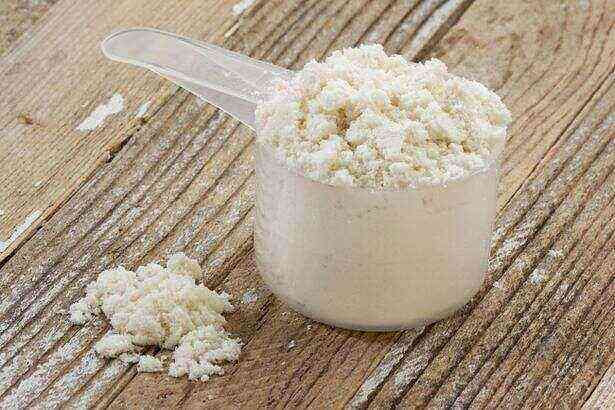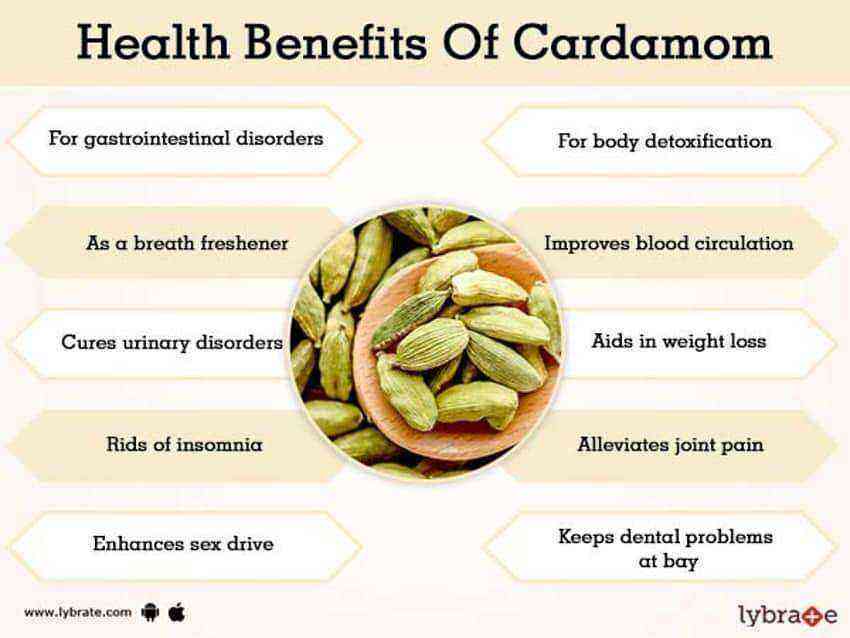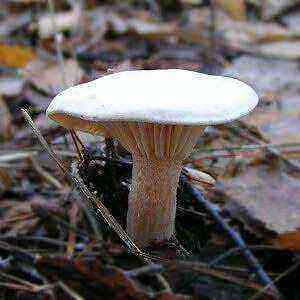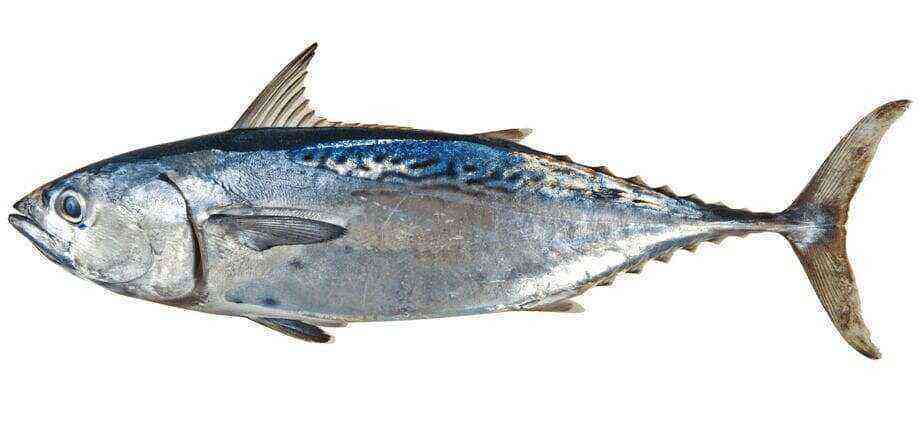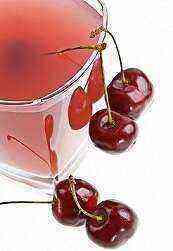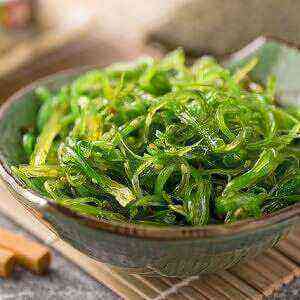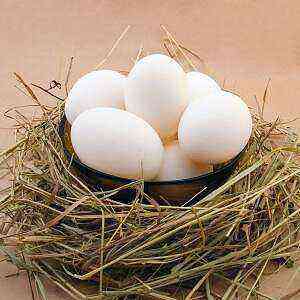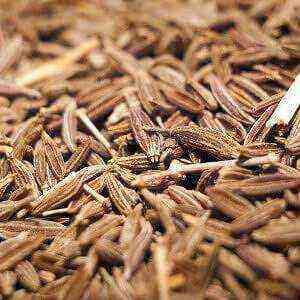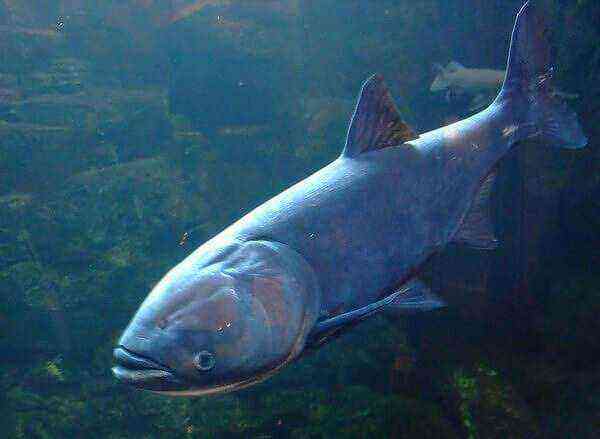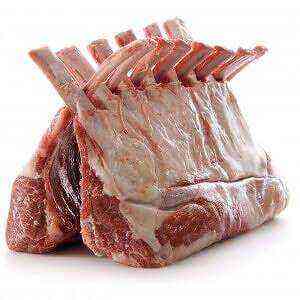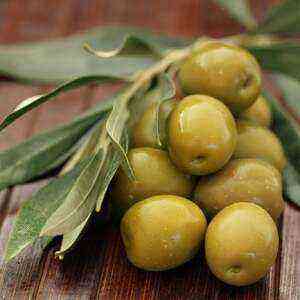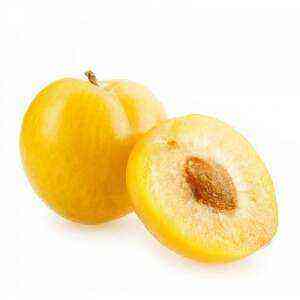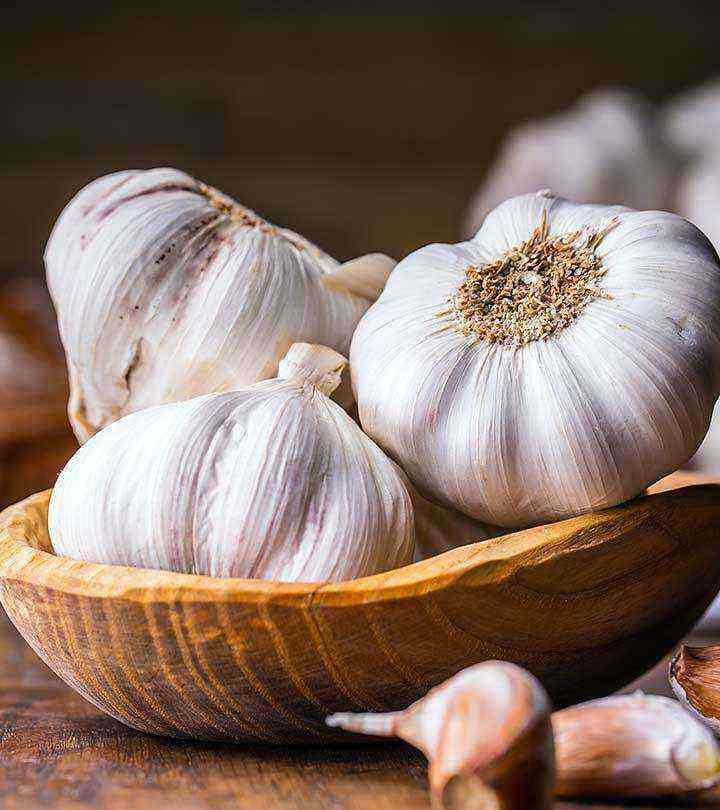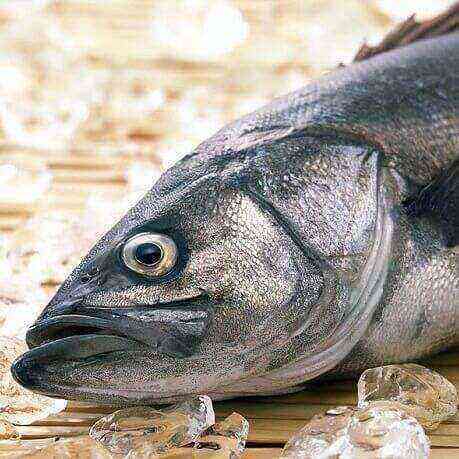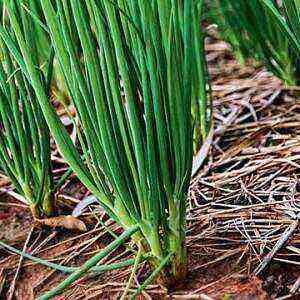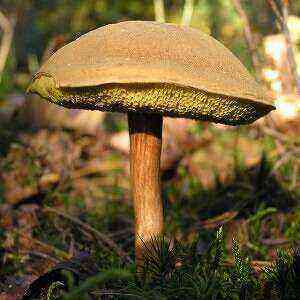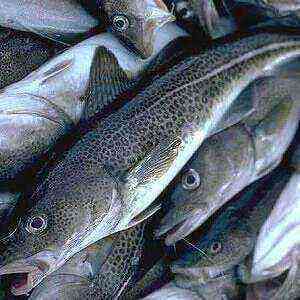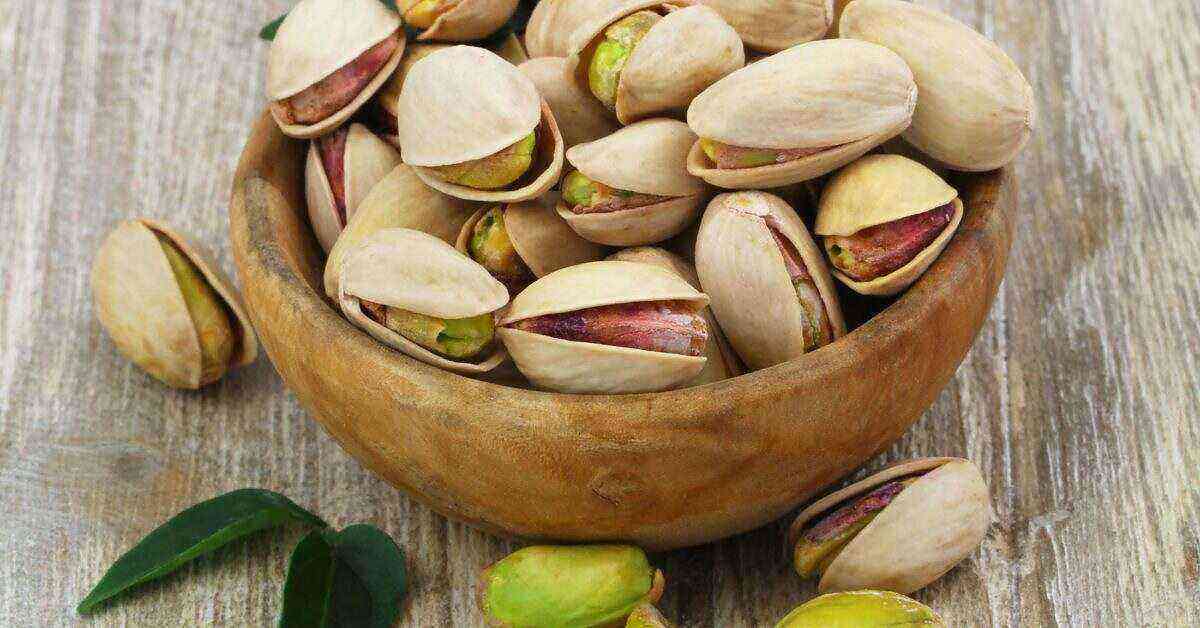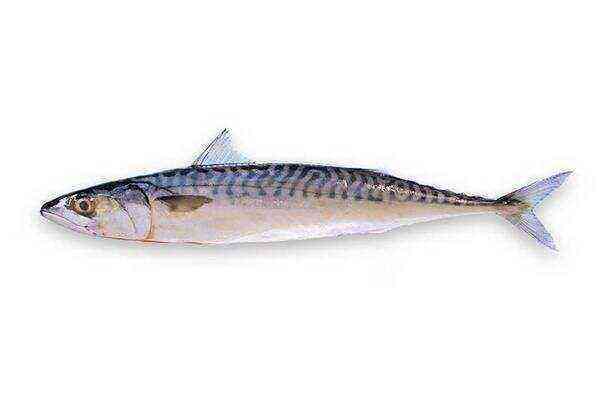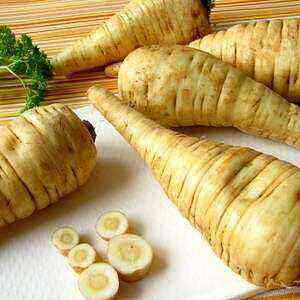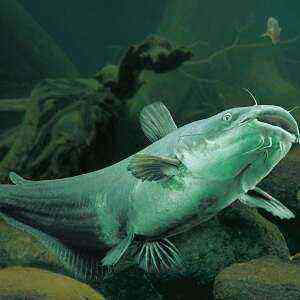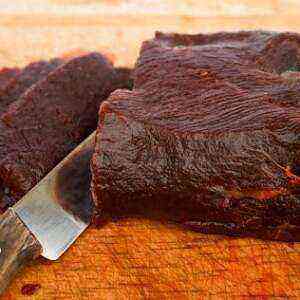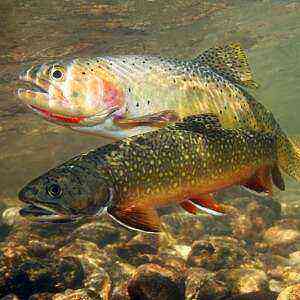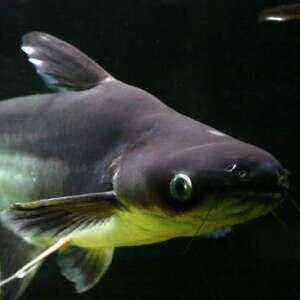 Pangasius (shark catfish) is a fish of the catfish family, lives in fresh water bodies of East Asia. The largest population is concentrated in the Chao Phrai and Mekong rivers. Pangasius is a predator that preys on small and large fish, crustaceans, and molluscs. The color of the body is dark gray, turning into light gray on the belly and on the sides. The fins are black. The average weight of an individual raised for commercial purposes, as a rule, does not exceed 1,5 kg.
Pangasius (shark catfish) is a fish of the catfish family, lives in fresh water bodies of East Asia. The largest population is concentrated in the Chao Phrai and Mekong rivers. Pangasius is a predator that preys on small and large fish, crustaceans, and molluscs. The color of the body is dark gray, turning into light gray on the belly and on the sides. The fins are black. The average weight of an individual raised for commercial purposes, as a rule, does not exceed 1,5 kg.
The main supplier of shark catfish is Vietnam (exports up to 90% of the species worldwide – 1 million tons annually).
Overview
There are 2 types of pangasius: Siamese and Bocort. Interestingly, females have a lighter color than males. They are larger and stockier. However, when they are sold (in adolescence) the differences are not visible.
The spawning period of pangasius occurs in late spring or early summer. Shark catfish is bred on specialized fish farms or in huge ponds. Due to the large size, the reproduction and growing of individuals in an aquarium is almost impossible.
Young individuals of the pangasius are kept in a flock, normally coexist with fish of equal size. With age, prone to loneliness. This is a very active fish that needs spacious swimming spots.
Due to its high palatability, reasonable price, ease of processing, pangasius is in great demand among consumers. For cooking, you only need to defrost the fillet. On its basis make aspic, salads, main dishes.
This is a very healthy diet fish. 100 grams of shark catfish contains 3 grams of fat, 15 grams of protein, 89 calories. Pangasius contains vitamins B, A, C, E, iron, calcium, potassium, zinc, magnesium and essential omega-3 fatty acids. However, nutrients are stored in fish only if they are properly fed, without the use of chemical additives, growth stimulants, or genetically modified feeds. Otherwise, the effect of the use of such a product will be the opposite. And instead of good, it can do harm.
Chemical composition
Vitamin and mineral composition of fish depends on the feed that she consumed. Freshwater pangasius is omnivorous. The basis of the food of the representative of the catfish is small fish, shellfish, plant food.
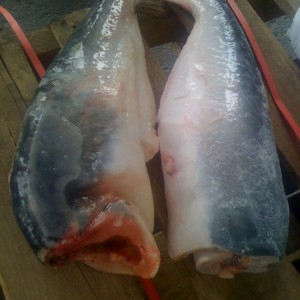 The chemical composition of pangasius:
The chemical composition of pangasius:
- fatty and organic acids;
- vitamins A, E, C, B1, B2, B3, B6, B9;
- amino acids;
- enzymes;
- macro- and microelements (magnesium, zinc, copper, potassium, sodium, phosphorus, chromium, selenium, iron, calcium).
Durable catfish grown in good conditions contain complex fats, easily digestible, high-grade proteins and virtually no carbohydrates.
Useful Properties
The protein of fish is absorbed by the human body more easily than the substance of animal origin.
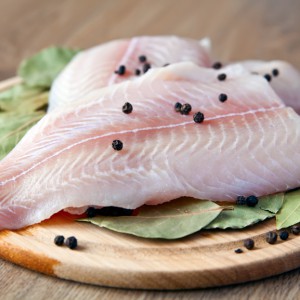 Useful properties of biologically active components of pangasius fillet:
Useful properties of biologically active components of pangasius fillet:
- Strengthens bones, joints, normalizes the function of the musculoskeletal system (calcium).
- Prevents the development of heart disease, normalizes blood pressure (trace elements).
- Increases vascular elasticity, prevents atherosclerosis, osteoporosis (fatty acids).
- Improves the condition of the skin (vitamins).
- Normalizes brain activity (mineral components).
- It binds free radicals and prevents premature aging of tissues and cells (antioxidants).
- Eliminates brittle nails, resists hair loss, strengthens eyesight (organic acids).
The greatest value for the human body is provided by fish grown in natural habitats. This is due to the fact that in order to increase turnover, there is a need to accelerate the growth of individuals. Because of this, entrepreneurs add antibiotics to the pangasius feed, which accumulate in meat and reduce the nutritional value of the product.
It is believed that with regular use of shark catfish fillet, the quality of a person’s sleep improves, the body’s ability to withstand stress, chronic fatigue increases.
Potential damage
The negative impact of pangasius on the body is observed in the case of eating fish grown in environmentally unfavorable water bodies using chemicals, low-grade feed, without observing safety measures.
Shark catfish with a certificate of compliance with norms and standards can harm health only in the following cases:
- with individual intolerance to fish;
- with severe diseases of the digestive tract.
Due to the abundance of small bones, pangasius dishes are carefully given to children.
Consumption rate
Nutritionists recommend doing a fish day once or twice a week.
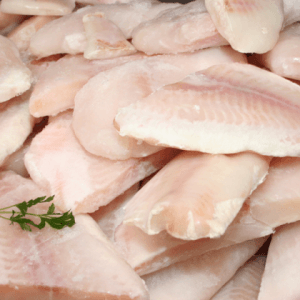 At the same time, the size of one serving should be 100-140 g for an adult. For children from 10 months to one year, the maximum allowable rate is 40 g of fish per week, from 1 to 1,5 years – 80 g, from 1,5 to 2 years – 100 g. Remember, in order to avoid overloading the digestive tract of a child in no case do not give animal and fish proteins on the same day.
At the same time, the size of one serving should be 100-140 g for an adult. For children from 10 months to one year, the maximum allowable rate is 40 g of fish per week, from 1 to 1,5 years – 80 g, from 1,5 to 2 years – 100 g. Remember, in order to avoid overloading the digestive tract of a child in no case do not give animal and fish proteins on the same day.
How to choose and store?
Today on store shelves it is problematic to find a whole carcass of pangasius. In 95% of cases, customers are offered ready-made frozen fish fillets. When buying a product, give preference to small pieces, they contain less ice and fat. Quality pangasius has a pale pink color, without darkening. A yellowish or reddish tinge of meat indicates a violation of the storage conditions of the product or repeated freezing of fish. Prefer beige or white fillet. Fish is recommended to be purchased in verified locations where product quality is monitored and sanitary standards maintained.
Freshly caught pangasius should be chopped and cooked within 4 hours. Store refrigerated, frozen. At zero ambient temperature, the fish lasts for 8-10 days. Deep freezing (up to minus 17 degrees) increases the shelf life of the product up to three months.
What is the best way to cook?
A properly grown pangasius has a large fat layer. However, fillets enter retail chains after cleaning, removing bones, and fat. As a result, small-calorie and diet fish are on store shelves. To preserve nutrients, it is recommended to bake, stew, boil, steam.
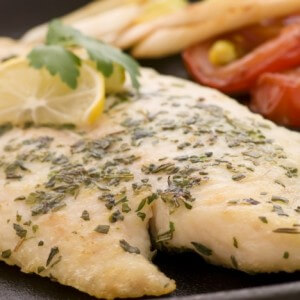 Pangasius is in harmony with the following foods:
Pangasius is in harmony with the following foods:
- spices, seasonings;
- pasta
- vegetables (thermally processed, fresh or canned);
- cereal bread;
- sour cream, cream;
- greens;
- diet foods.
To preserve maximum benefit in the finished dish, it is better to season it with olive oil, lemon juice and add a minimum amount of salt. Fish cakes, appetizers and casseroles, main dishes are prepared from pangasius. In addition, it can be dried and salted.
Remember, it does not take a lot of time to cook fish, 8-12 minutes of heat treatment are enough, depending on the size of the pieces. So that the fillet does not fall apart, it must not be overexposed on fire.
cooking recipes
“Pangasius baked in the oven”
 Ingredients:
Ingredients:
- fish fillet – 2 pcs;
- green onion – 1 bunch;
- tomato – 2 pcs;
- lettuce leaves;
- vegetable oil;
- spices, salt.
For a presentable appearance of the dish, the ingredients are cut large.
Principle of preparation:
- Wash the fillet well under running water. Salt, pepper.
- Preheat oven to 200 degrees.
- Grease a baking sheet with oil, put the fish in the center.
- Wash and chop tomatoes, onions, dill. Put vegetables and herbs on top on filet. 3 quail eggs can be broken on top of the main ingredients to improve taste and beauty. In this case, it is recommended to cover the baking sheet with parchment paper. Otherwise, the dish will sink to the bottom.
- Place the baking sheet in the oven. Cook for 20 minutes.
Ready fish is given hot as an independent dish with a creamy sauce or side dish.
“Fish baked in foil”
 Ingredients:
Ingredients:
- pangasius fillet – 4 pcs;
- butter – 20 g;
- champignons – 400 g;
- parsley – 0,5 beam;
- egg white;
- pepper, salt, spices;
- leek.
Method of preparation:
- Wash, chop parsley, mix with egg white. Salt the resulting mass, put in a cold place for 15 minutes.
- Grind and fry mushrooms, leeks in butter.
- Remove the parsley from the refrigerator.
- Cut the foil into rectangles measuring 15 cm x 20 cm.
- Put each filet on a piece of foil. Salt and pepper. From above, spread mushrooms with onions and parsley on the surface of the pangasius.
- Wrap the fish fillet tightly in foil, place it on a baking sheet, which, in turn, put in an oven heated to 180 degrees for 20 minutes.
When serving, sprinkle the dish with olive oil or lemon juice, add spices and capers.
“Filet in batter”
 Ingredients:
Ingredients:
- wheat flour – 200 g;
- pangasius fillet – 2 pcs;
- mayonnaise – 2 tbsp;
- chicken egg – 3 pcs;
- lemon juice – 2 tsp;
- salt, pepper, spices.
Sauce:
- butter – 20 g;
- cream – 100 g;
- dill, leek.
The dish is cooked over medium heat in a deep frying pan.
The sequence of culinary processes:
- Add salt and pepper on each side, cut into portions.
- Prepare a batter: beat the egg, add a pinch of salt, mayonnaise, lemon juice.
- Pour flour. Use a flat plate for convenience.
- Make the sauce: melt the butter in a water bath, add the cream and chopped herbs. Mix the contents thoroughly, add ground pepper and spices to taste.
- Soak each piece in batter, then in flour, put on a hot frying pan. When the fillet becomes slightly golden, pour the sauce, reduce heat, fry for another 4 minutes.
Hot fish served on the table. It is harmoniously combined with stewed vegetables, cereals.
Conclusion
Pangasius is a freshwater predatory fish that is beneficial to the human body. Due to its rich vitamin and mineral composition, it is included in the diet of people with digestive organs, heart and blood vessels, and the musculoskeletal system. The fish fillet is juicy, watery, tastes like chicken breast. Pangasius cooks quickly (within 10 minutes). Long-term heat treatment reduces the elasticity of the meat.
Fish is easy to digest. When used regularly, it supplies the human body with B vitamins, which protect against nerve stress, prevent the effects of stress, improve mood, and normalize sleep. The biologically active substances that make up the pangasius improve the condition of hair, skin, nails (tocopherol), accelerate metabolic processes (retinol), stimulate brain activity (phosphorus), strengthen immunity (ascorbic acid) and blood vessel walls, and prevent the occurrence of anemia (iron).
The greatest value for human health is provided by shark catfish that live in natural, wild conditions, and not one that is grown in an artificial environment on Vietnamese fish farms. The recommended intake of pangasius is 2 grams 150 times a week.

